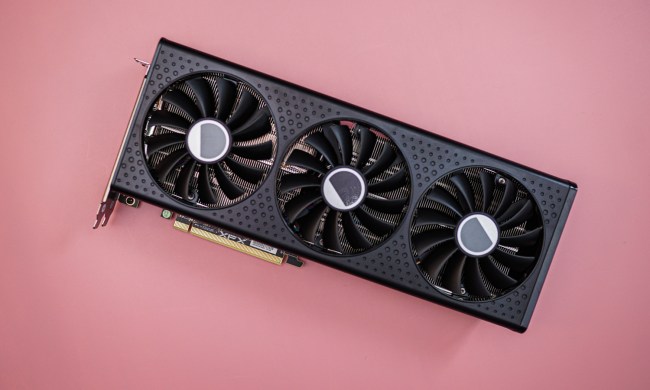AMD has just unveiled Frame Latency Meter (FLM), an open-source Windows utility designed to measure the response time of games based on mouse movements. FLM measures the time it takes for a mouse movement to translate into a new frame on the screen, providing insights into system performance.
This tool is particularly aimed at advanced gamers, power users, and game developers who are keen on optimizing whole-system latency or reducing input lag. If you’re new to frame latency measurements, they are commonly used online to approximate input lag by measuring button-to-pixel latency.
This used to be done with a high-speed camera, a mouse, and an FPS game with a visible muzzle flash. The camera would capture the moment the mouse was clicked, and you would count the frames until the muzzle flash or other on-screen reaction appeared.

This utility does not require any special equipment and works with any AMD, Nvidia, or Intel GPU that supports DirectX 11 or newer. For capturing data, AMD GPUs use the Advanced Media Framework or AMF codec, while other GPUs use the DirectX Graphics Infrastructure or DXGI codec. FLM can generate detailed latency and effective frame-rate statistics, which can be exported to CSV files for further data analysis.
FLM measures latency by continuously capturing frames and comparing each one to the previous frame within a selected region. It then generates a mouse movement event using standard Windows functionality and waits for the frame contents to change. The time between the mouse movement and the detected frame change is recorded as the latency.
To achieve a cleaner value, 16 latency measurements are averaged per row, but more measurements can be averaged for greater precision. Since FLM doesn’t require muzzle flash to measure latency, it allows for quick, repeated measurements without concerns about running out of ammo, enabling the application to autonomously collect unlimited samples for higher accuracy.
The software also offers some level of customization, enabling users to measure latency based on mouse movements or clicks. Users can specify frame capture regions and even choose between small samples, continuous accumulation, or a constant meter for measurements. It also supports frame generation technology, although there’s no clarity on whether it is compatible with all games that support the latest FSR 3 or DLSS 3.
FLM is available as a free download for Windows 10 and 11 users via GPU Open or the official GitHub repository.





